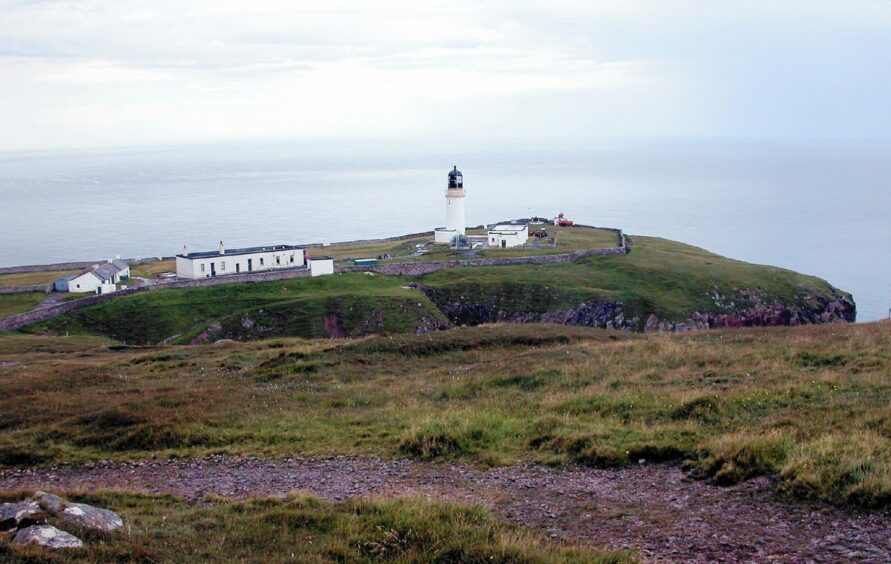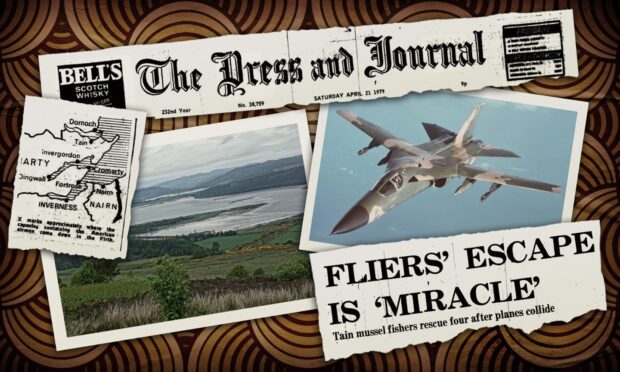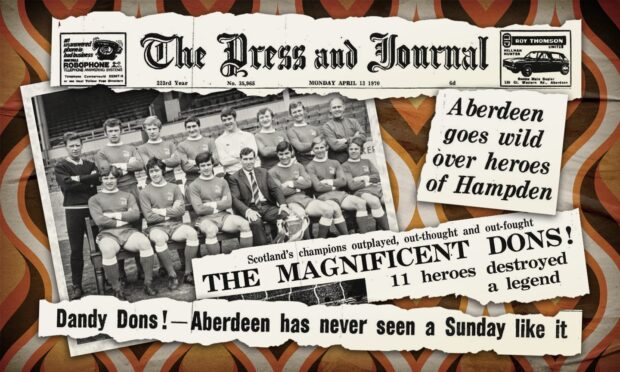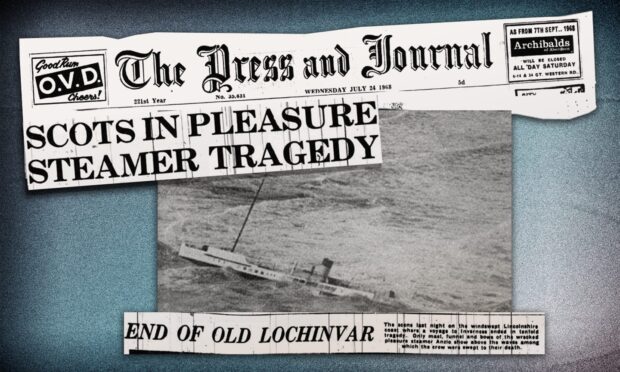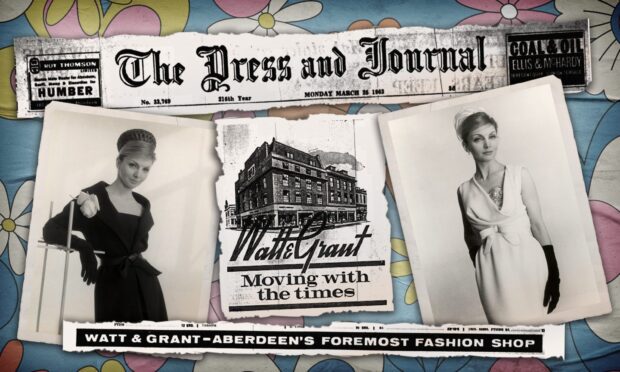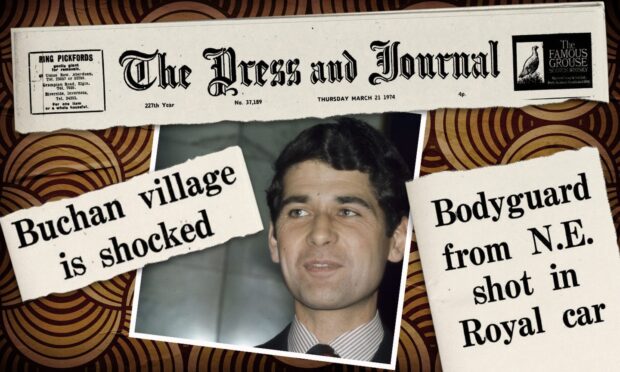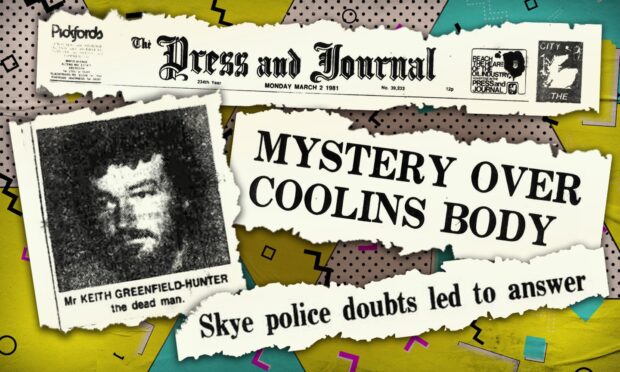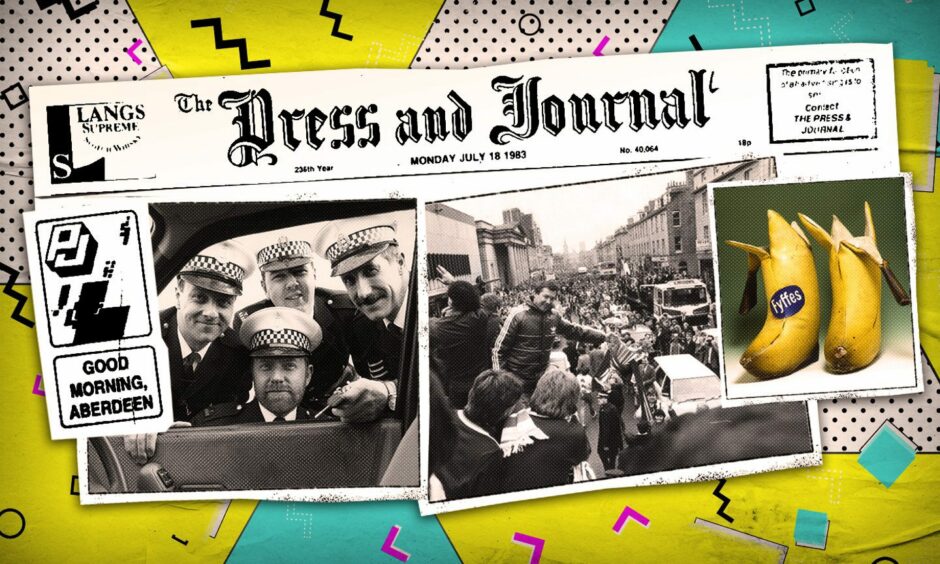
The P&J on July 18, 1983 ran a story which would be astonishing now.

Actual praise for their ‘good housekeeping’ for Grampian Region, the local government at the time.
The region was the second lowest spender of all Scotland’s nine regions, with the lowest administration and management costs.
Not mention its £5million surplus.
Grampian Region was created in 1975, and would be disbanded in 1996 to become the Aberdeen City, Aberdeenshire and Moray councils we know today.
Aberdeen City now has the third biggest shortfall in Scotland (£53m) behind Glasgow and Edinburgh, and Aberdeenshire has a £67m black hole to plug.
By way of an explanation, Grampian Region’s finance director Tom Carter said the region enjoyed some ‘special advantages’.
“There is not a lot of crime, so we can save money on policing,” he pointed out.
What a difference 40 years makes.
A lost Spitfire sparks panic
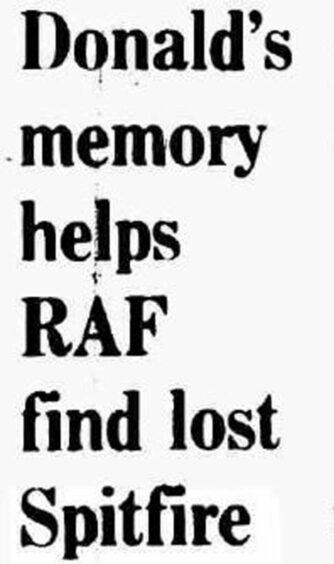
In north-west Sutherland an eyewitness came forward to help in the search for a lost aircraft.
Holiday makers had spotted part of a plane sticking out of the sand on Sandwood beach near Cape Wrath.
This set off anxious hares among RAF personnel at Alness, Kinloss and Pitreavie, until one Donald Morrison came forward and solved the mystery.
He told investigators it was a wartime Spitfire he’d seen landing there in 1941, when he was working as a shepherd at Strathy.
The Spitfire was one of two he’d spotted flying over Cape Wrath, when the engine of one of them sputtered and cut out.

The strong wind at the time helped the pilot glide onto beach and escape safely.
Four decades later, the incident was still vivid in Mr Morrison’s mind.
He had taken the pilot back to his house in Strathy and was sent extra rations for his pains.
The RAF had tried to pull the aircraft off the beach, but failed, so they removed the ammo and left it there.
Fergie and Joe kick off for charity

Fergie was in the headlines of course, this time in the main pages.
He had skippered a match with a difference that weekend.
“Former Dons hero Joe Harper was sensationally sent off on Saturday- much to the delight of Aberdeen manager Alex Ferguson.
“Harper was pulled up for persistent use of the professional foul of sticking the ball up his jersey, and was promptly shown the red card by referee Alex Collie, Aberdeen’s Lord Provost.”
Joe was skippering the other side in the finals of a seven-a-side football tournament for charity at the university playing fields at Balgownie, Aberdeen.
Big Yin becomes Big Scruff
Billy Connolly was dubbed the Big Scruff by a tailoring company, Mr Harry, who judged the comedian to be one of Britain’s scruffiest public figures.
They drew up a Scruffy Seven which included astronomer Patrick Moore, funny man Willie Rushton, cricketer Ian Botham, entertainer Harry Secombe, comic Jim Davidson, and writer Clive James.
Mr Harry said witheringly: “Connolly’s dress sense, like his humour, has lots of shock appeal, but unlike his jokes, there was no colour or style co-ordination.”

And parents were having to think about school uniforms again.
It was quite a chunk of the family budget, with girls’ uniforms coming in at just under £35, and boys’ at £37.39, the equivalent of around £150 and £180 in today’s money.
But such prices would be music to the ears of the parents and carers of today’s children, who now have to fork out an average of £422 for secondary school pupils around £287 for primary school uniforms, according to research by The Children’s Society.
More of our On This Day articles:
